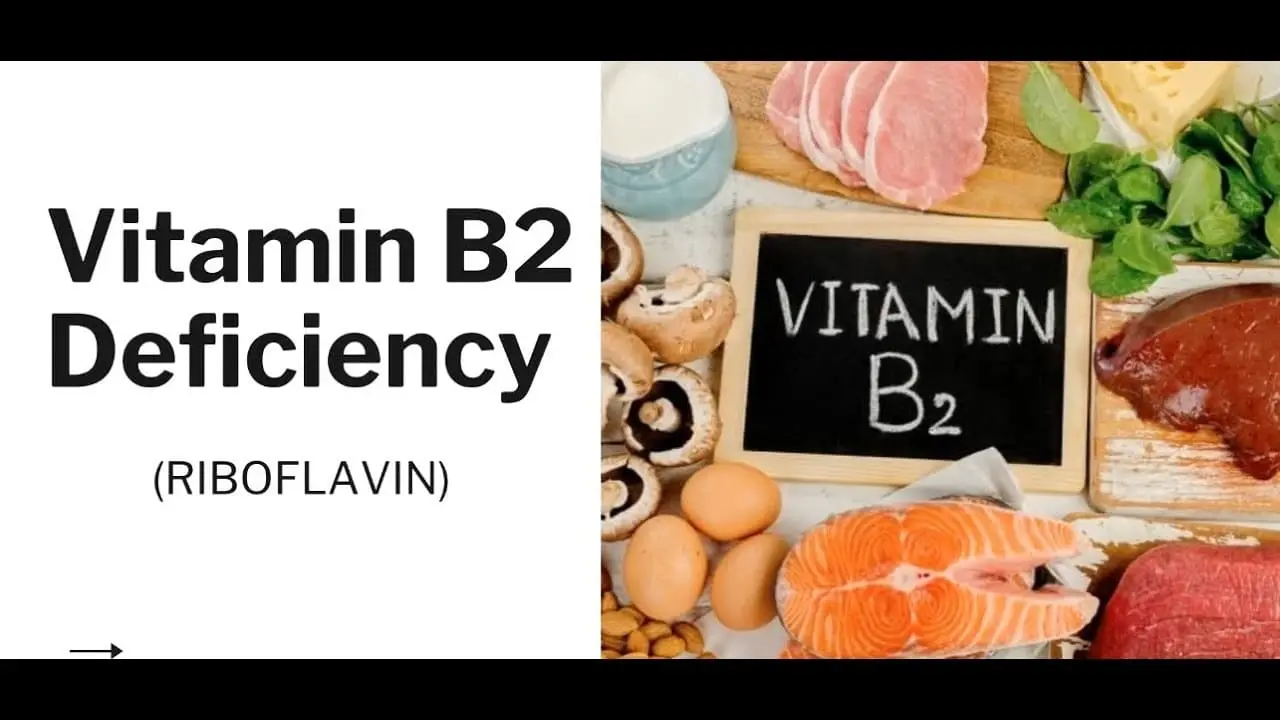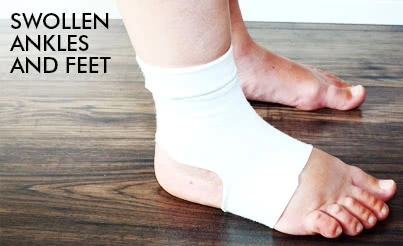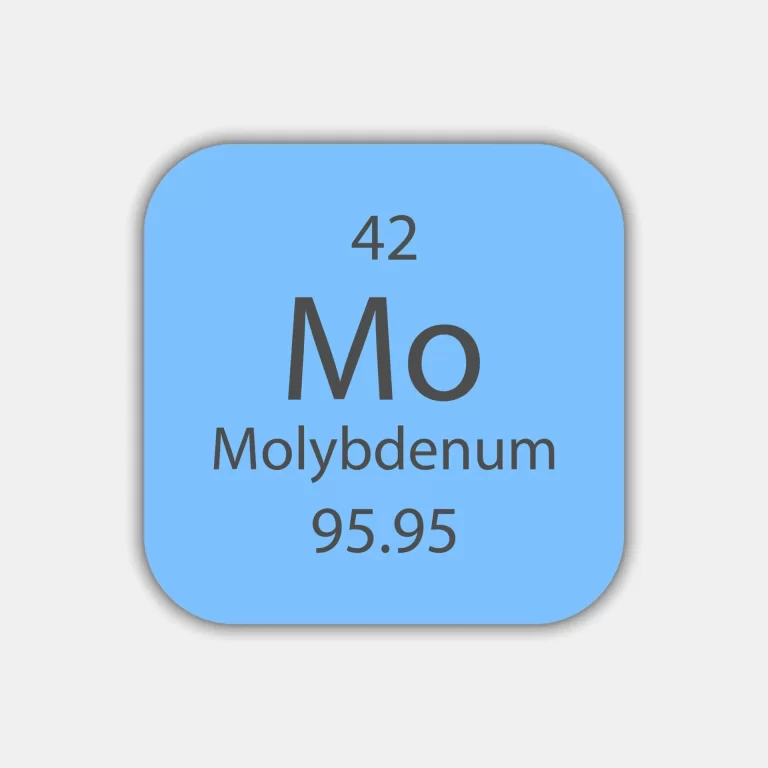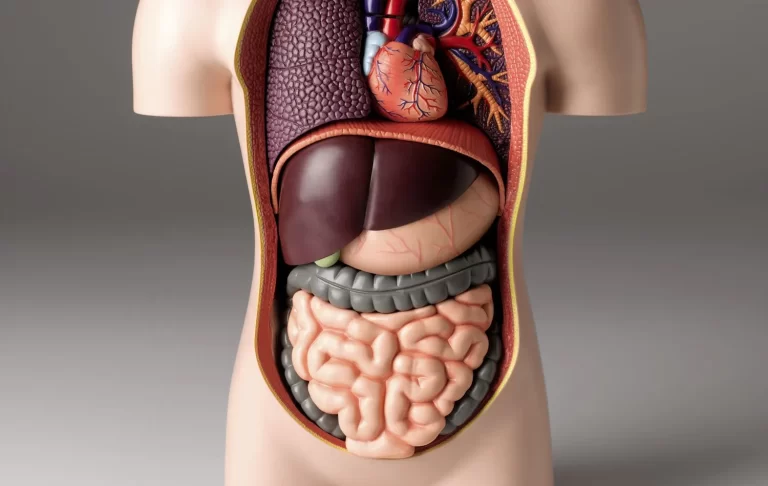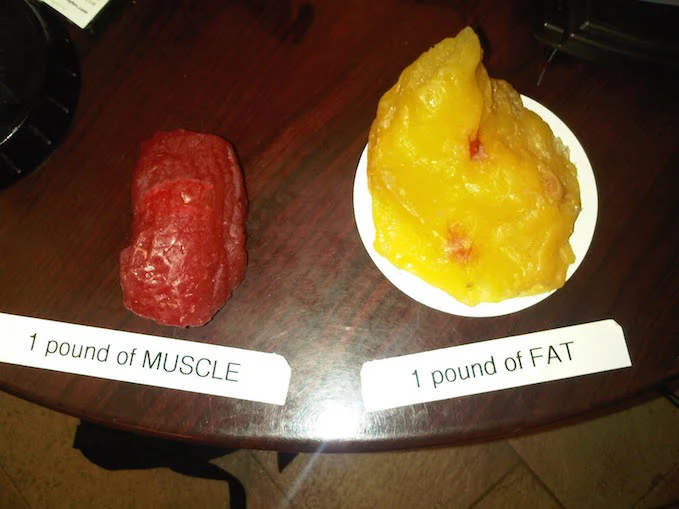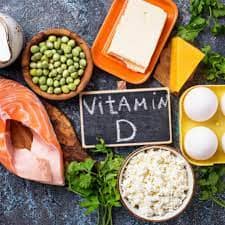Riboflavin Deficiency (Vitamin B2 Deficiency)
What is Riboflavin Deficiency?
A Riboflavin deficiency can lead to various health problems, collectively known as riboflavin deficiency or vitamin B2 deficiency. While riboflavin deficiency is relatively uncommon in developed countries due to the availability of diverse and fortified diets, it can still occur, especially in certain populations with limited access to a balanced diet.
Riboflavin, also known as Vitamin B2, is an essential water-soluble vitamin that plays a crucial role in various physiological processes within the human body. It is a key component of the B-vitamin complex and is involved in the metabolism of fats, drugs, and steroids.
The body requires riboflavin, often known as vitamin B2, which is a heat-stable, water-soluble vitamin, to convert protein, lipids, and carbs into glucose for energy.
This vitamin helps to maintain healthy skin and hair, as well as the immune system, by acting as an antioxidant. It also increases energy. Macroflavin insufficiency prevents the body from digesting macronutrients such as proteins, lipids, and carbs.
For proper growth, breastfeeding, physical function, and reproduction, riboflavin is required. In addition to reviewing the role of the interprofessional team in enhancing patient care for patients with riboflavin insufficiency, this exercise demonstrates the evaluation and management of this disease.
Objectives:
- Examine the reasons why riboflavin insufficiency occurs.
- Describe the patient’s riboflavin insufficiency workup.
- Provide a summary of the riboflavin-deficient therapy alternatives.
- To improve the treatment given to patients with riboflavin deficiency, emphasize the need for interprofessional team members to improve care coordination. Patients should be informed about the significance of riboflavin for proper development, breastfeeding, physical performance, and reproduction.
Introduction
The body utilizes the water-soluble and heat-stable vitamin riboflavin, often known as vitamin B2, to convert lipids, proteins, and carbs into glucose for energy. Riboflavin is an antioxidant that supports healthy skin and hair as well as the immune system.
It also increases energy. Two coenzymes, flavin adenine dinucleotide (FAD) and flavin mononucleotide (FMN) contribute to producing these effects.
Macroflavin is necessary for the digestion and maintenance of macronutrients such as proteins, lipids, and carbs in the body.
Since the body can absorb the majority of nutrients from food with a healthy digestive system, it’s critical to acquire the majority of the riboflavin obtained by food.
Urine becomes yellow when riboflavin is absorbed by the body because of the yellow-green fluorescent pigment in riboflavin. Also, riboflavin aids in the conversion of tryptophan to niacin, which initiates the B6 vitamin.
Thyroid problems, migraines, cataracts, and anemia are a few avoidable illnesses that may be controlled with enough riboflavin. Normal development, breastfeeding, physical function, and reproduction all depend on riboflavin.
Causes of Riboflavin Deficiency
Endocrine disorders or insufficient food intake can lead to riboflavin insufficiency. There is a correlation between riboflavin insufficiency and other vitamin B complexes.
Certain foods, including eggs, dairy products, meats, green vegetables, and grains, naturally contain riboflavin. Both glutathione and riboflavin function as the primary antioxidants. Given that free radicals can lead to the development of several ailments, glutathione
functions to eliminate them and cleanse the liver. Alcoholism, hemodialysis, liver disease, and severe diarrhea can also cause riboflavin insufficiency.
Epidemiology
In the US, riboflavin deficiency is rather uncommon. Most cases of riboflavin insufficiency occur in underdeveloped nations in Asia and Africa.
Since the body cannot absorb much riboflavin when using birth control pills, older persons, alcoholics, and women are more prone to suffer from riboflavin shortage.
Heart disease, growth retardation, cleft lip and palate, and other developmental defects can all be linked to riboflavin deficiency.
Individuals who are vegan, have Brown-Vialetto-Van Laere syndrome (BVVL), or are pregnant or nursing are also susceptible to riboflavin insufficiency.
Pathophysiology
Studies have indicated that insufficient riboflavin might affect the absorption of iron and result in anemia, which in turn causes exhaustion. Riboflavin has a role in the synthesis of red blood cells and the delivery of oxygen to the cells.
Red cell formation and circulating hemoglobin levels can both rise as the body’s riboflavin content rises.
Since most skin and hair are made of the protein collagen, riboflavin is required to keep the amount of collagen in the body at a healthy level. Another treatment for migraines is to take riboflavin supplements.
Adults with migraine headaches can avoid them with effectiveness when taking 400 mg of riboflavin daily, however, the dosage needs to be taken for at least three months for fruitful outcomes.
This result is most likely due to the fact that riboflavin is a precursor to flavin cofactors of the electron transport chain, and migraines have been linked to mitochondrial malfunction.
Studies have shown that riboflavin supplementation can improve muscular strength, cardiomyopathy, and encephalopathy associated with mitochondrial complex I insufficiency.
The condition known as a cataract, which results in a cloudy lens, can be avoided by taking riboflavin supplements. Riboflavin also helps with keratoconus and glaucoma in addition to cataracts.
To strengthen the patient’s cornea, riboflavin drops are often applied to the cornea’s surface. Supplementing with riboflavin can lower blood pressure and homocysteine levels as well.
A 25% reduction in homocysteine has been shown to reduce the incidence of stroke and coronary heart disease. The amino acid homocysteine is produced by the body from methionine, which is acquired from diet.
Toxicokinetics
Severe riboflavin shortage can lower FMN and FAD levels and interfere with other nutrients’ metabolism, particularly that of other B vitamins. Just 15% of riboflavin is absorbed by the body; the remainder is excreted.
The body uses the ATP that is created when carbohydrates from the diet are converted to energy. Riboflavin must be taken daily, either as a supplement or with meals. The small intestine absorbs the majority of the riboflavin, with any excess leaving the body as urine.
Stress and aging can also cause a reduction in urinary excretion. FAD hydrolysis and FMN to riboflavin, which is accomplished in the upper intestine by pyrophosphates and phosphatase, is necessary for dietary riboflavin absorption.
People who eat a nutritious diet might not require supplements, therefore they must eat foods high in B vitamins in addition to other meals. Additionally, riboflavin is better absorbed via meals than it is through supplements.
History and Physical
Fatigue, sore throat, impaired vision, and depression might result from a riboflavin deficit. It can lead to dermatitis around the mouth, skin cracking, and itching.
Reproductive problems can also be accompanied by hair loss, liver deterioration, hyperemia, and edema around the pharynx. Individuals deficient in riboflavin frequently also lack certain other nutrients. Unless there are structural alterations like cataracts, riboflavin deficiency is usually treatable.
Evaluation Riboflavin Deficiency
By monitoring the rate of riboflavin excretion in the urine, a treatment study verified the presence of riboflavin insufficiency.
When taking supplements containing riboflavin, urine excretion rises. A riboflavin shortage may arise if the amount of riboflavin excreted in the urine is less than 40 micrograms per day.
Detecting riboflavin insufficiency can be aided by measuring erythrocyte glutathione reductase. A riboflavin deficit is indicated when the enzyme activity coefficient with FAD is 1.4 or higher.
Treatment of Riboflavin Deficiency
Pills containing 25, 50, and 100 mg of riboflavin are available as supplements. The National Institutes of Health states that the daily allowance of riboflavin for men is 1.3 mg, for women, it is 1.1 mg, for male adolescents (age 14 to 18) it is 1.3 mg, and for female adolescents (age 14 to 18) it is 1.0 mg.
Pregnant women should take 1.4 mg, and nursing women should take 1.6 mg. Infants 0 to 6 months old should take 0.3 mg, 7 to 12 months should take 0.4 mg, and 1 is three years old (0.5 mg), four to eight years old (0.6 mg), and nine to thirteen years old (0.9 mg).
Because eating increases riboflavin absorption levels, it is advisable to take riboflavin supplements with meals. If oral supplementation is not practical, injections offer an option.
Differential Diagnosis
- Anaemia
- Cataracts
- Cleft lip and palate deformities
- Fatigue
- Migraines
- Malignancies
- Night blindness
- Peripheral neuropathy
- Red, itchy eyes
Pearls and Other Issues
Because they can’t be absorbed by the body efficiently, anticholinergic, anticonvulsants, phenothiazines, and phenytoin drugs can lower the amount of riboflavin in the body. Additionally, riboflavin may conflict with some prescription drugs, including the antibiotic tetracycline and the chemotherapeutic medicine doxorubicin.
Enhancing Healthcare Team Outcomes
In the USA, riboflavin insufficiency is uncommon. Teaching the patient to eat a healthy diet is the greatest method to prevent it.
As an interprofessional team, the primary care physician, nurse practitioner, pharmacist, and dietician should consistently remind patients to consume fruits and vegetables. In addition, multivitamins are added to the majority of cereals.
To best manage patient outcomes, these specialties must collaborate across interprofessional boundaries. Together with the nutritionist, the pharmacist can recommend the ideal additional dosage, which may keep an eye on the food sources and suggestions for foods high in riboflavin.
Before the physician meets the patient, the pharmacist can suggest specific supplements, and the nurse can monitor treatment progress during follow-up visits, recording any relevant information on status changes.
Everything that takes place is supervised by the doctor or nurse practitioner overseeing the case. Because it is not advisable to empirically prescribe vitamins to every individual, an interprofessional team approach is more advantageous for improving patient outcomes.
FAQ
What does vitamin B2 riboflavin do for the body?
Vitamin B2 aids in the digestion of carbs, lipids, and proteins. It is essential for preserving the body’s energy reserves. Adenosine triphosphate (ATP) is produced from carbohydrates with the aid of riboflavin. Food gives the human body ATP, which the body uses to create energy as needed.
What are the classic symptoms of riboflavin deficiency?
Ariboflavinosis is the typical form of riboflavin insufficiency, characterized by development abnormalities, seborrheic dermatitis, inflammation of the tongue and oral mucosa, mouth corner cracks, and normocytic anemia (Wilson 1983). The riboflavin status has been evaluated using a variety of markers.
What is the major cause of vitamin B2 deficiency?
A low-vitamin diet or an issue with absorption frequently causes shortages of additional B vitamins in addition to riboflavin.
How do you treat B2 deficiency?
Until recovery, 5 to 30 mg of riboflavin is administered orally once a day in split dosages. It is also advisable to offer other water-soluble vitamins. Parenterally administered as a single vitamin in a multivitamin formulation, riboflavin is sometimes used.
Is riboflavin deficiency reversible?
Early diagnosis and treatment are crucial to prevent irreparable brain injury since riboflavin transporter deficiency is curable. When someone is suspected of having one of these illnesses, riboflavin supplementation should be started right once, even before molecular genetic testing confirms the diagnosis.
How do you test for riboflavin deficiency?
If riboflavin deficiency is the underlying source of the symptoms, riboflavin supplements relieve them, and testing the amount of riboflavin excreted in urine confirms the diagnosis.
Which fruit is the richest source of riboflavin?
avocado. Avocados are a fruit high in vitamin B2 that goes well with salads and other dishes. There is 0.1 milligrams of riboflavin in every 100 grams of avocados.

